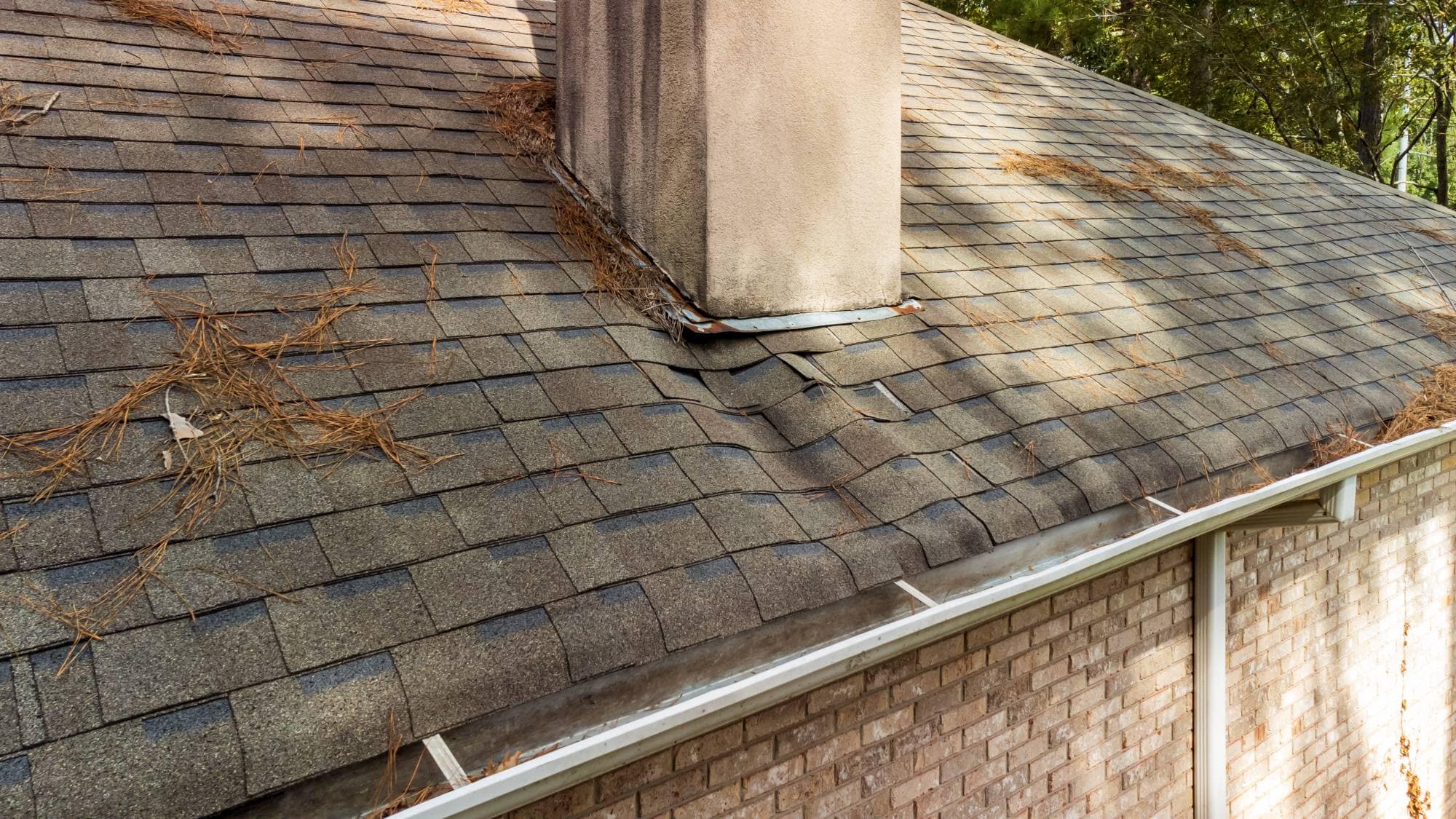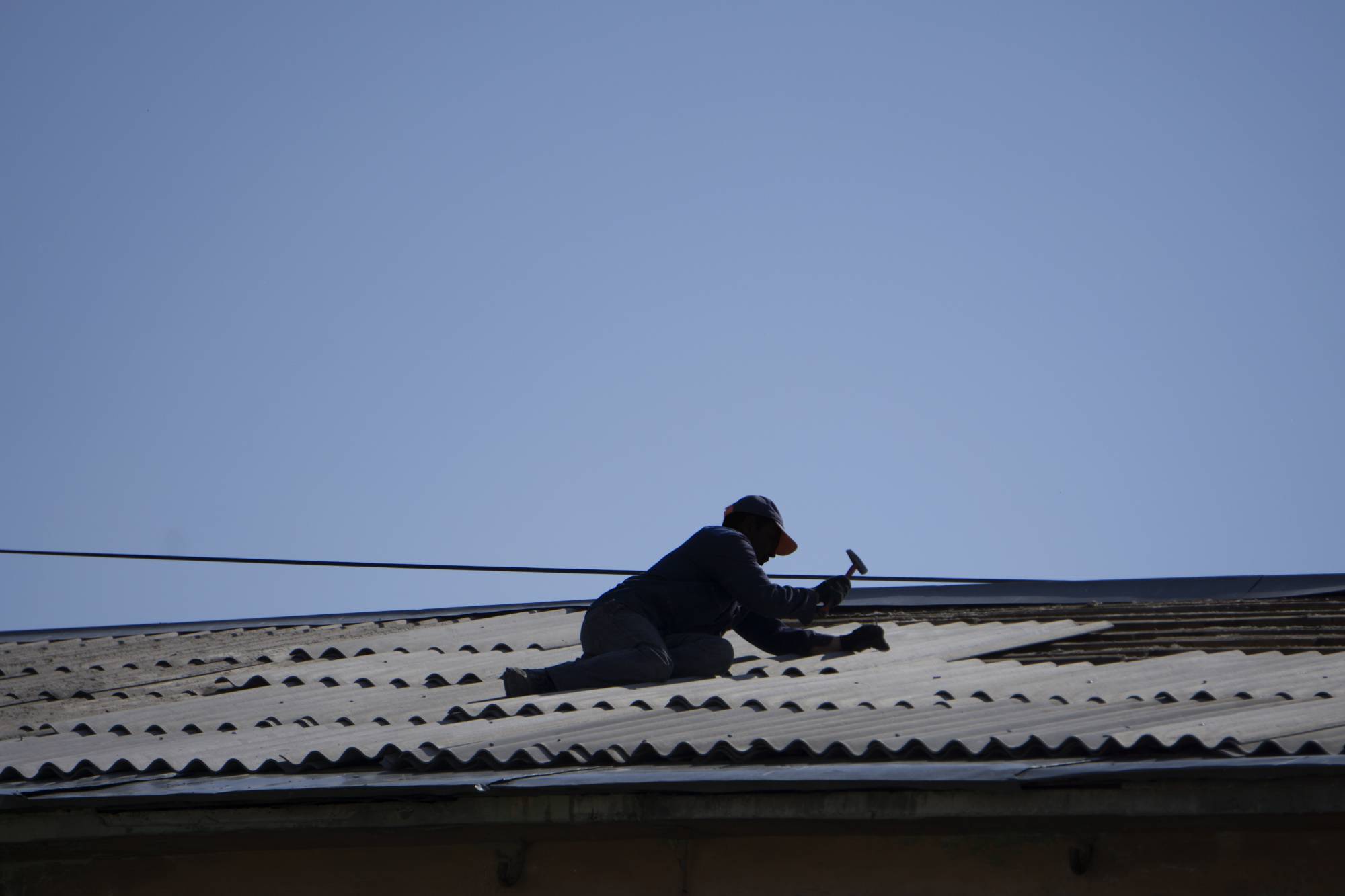Simple flashing repairs typically run $300-800, depending on the extent of damage and accessibility. Chimney crown repair ranges from $500-1,500 for partial repairs, or $1,000-3,000 for complete crown replacement. Comprehensive leak repairs addressing multiple issues—flashing, crown, and masonry work—usually cost $1,200-4,000. Extensive water damage repair adds significantly to these costs, which is why early intervention saves money. The real cost isn’t just the chimney repair—it’s preventing thousands in water damage to your walls, ceilings, insulation, and framing. Most homeowners find that prompt professional repair costs far less than dealing with the structural damage that water causes over time.




